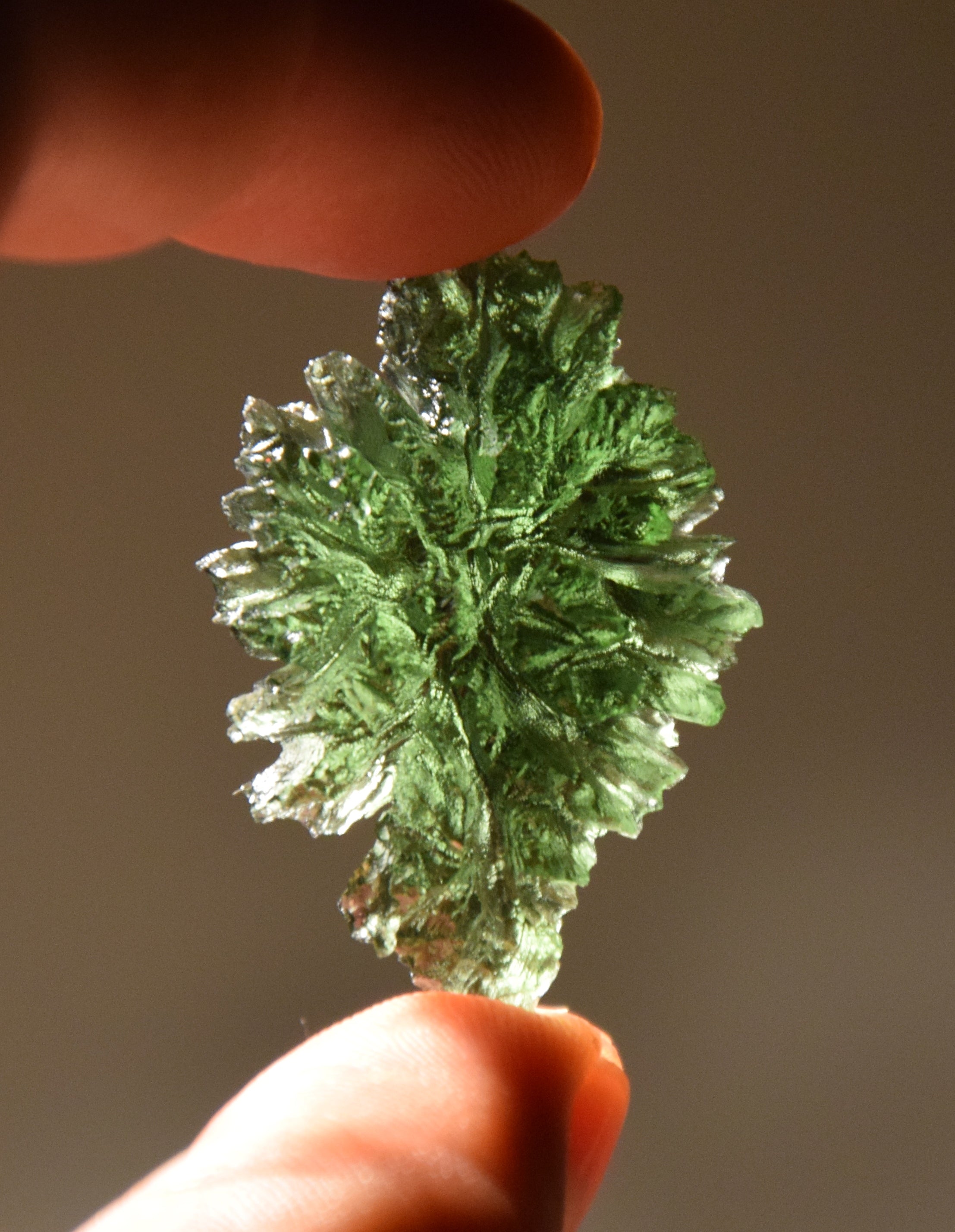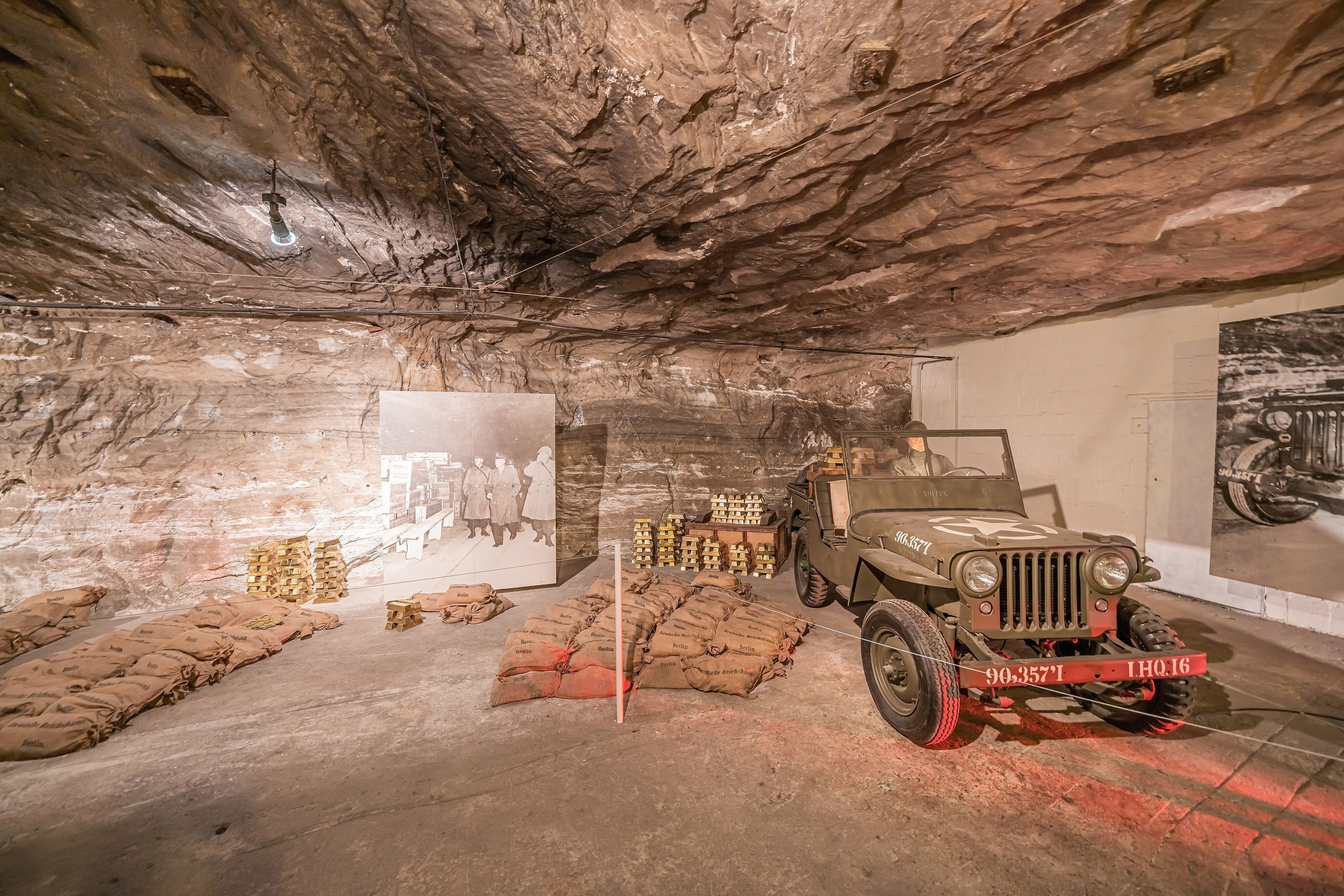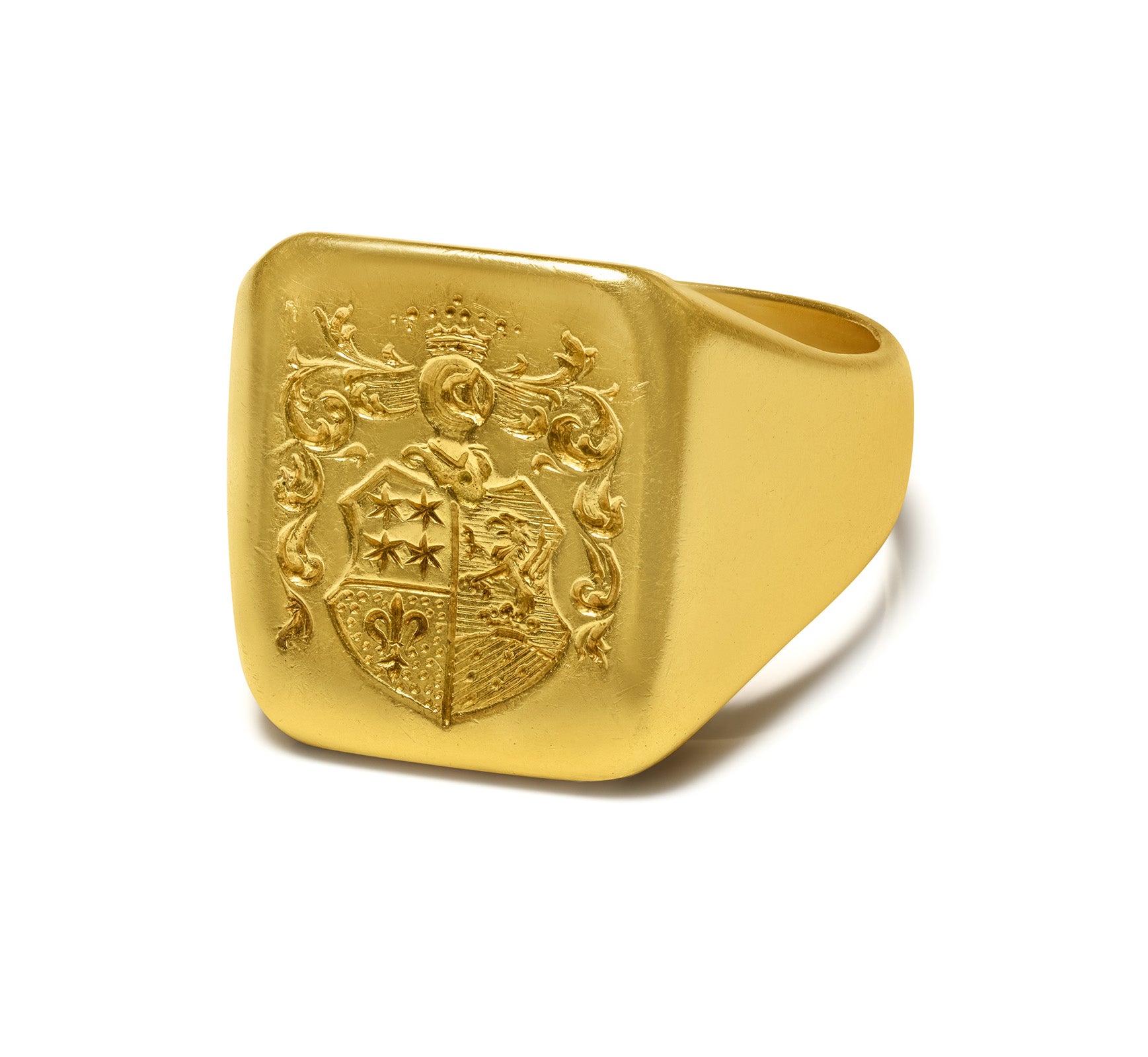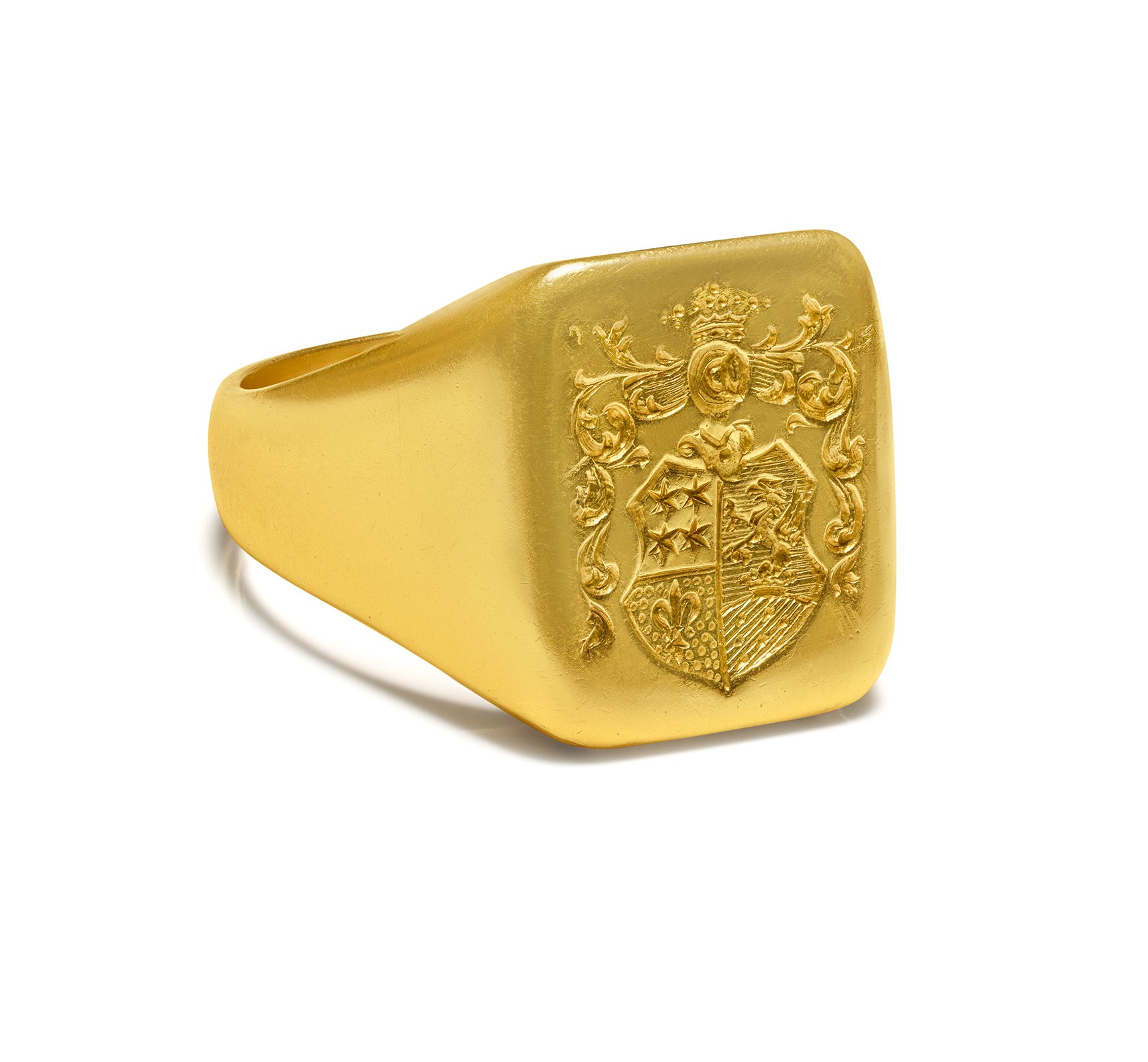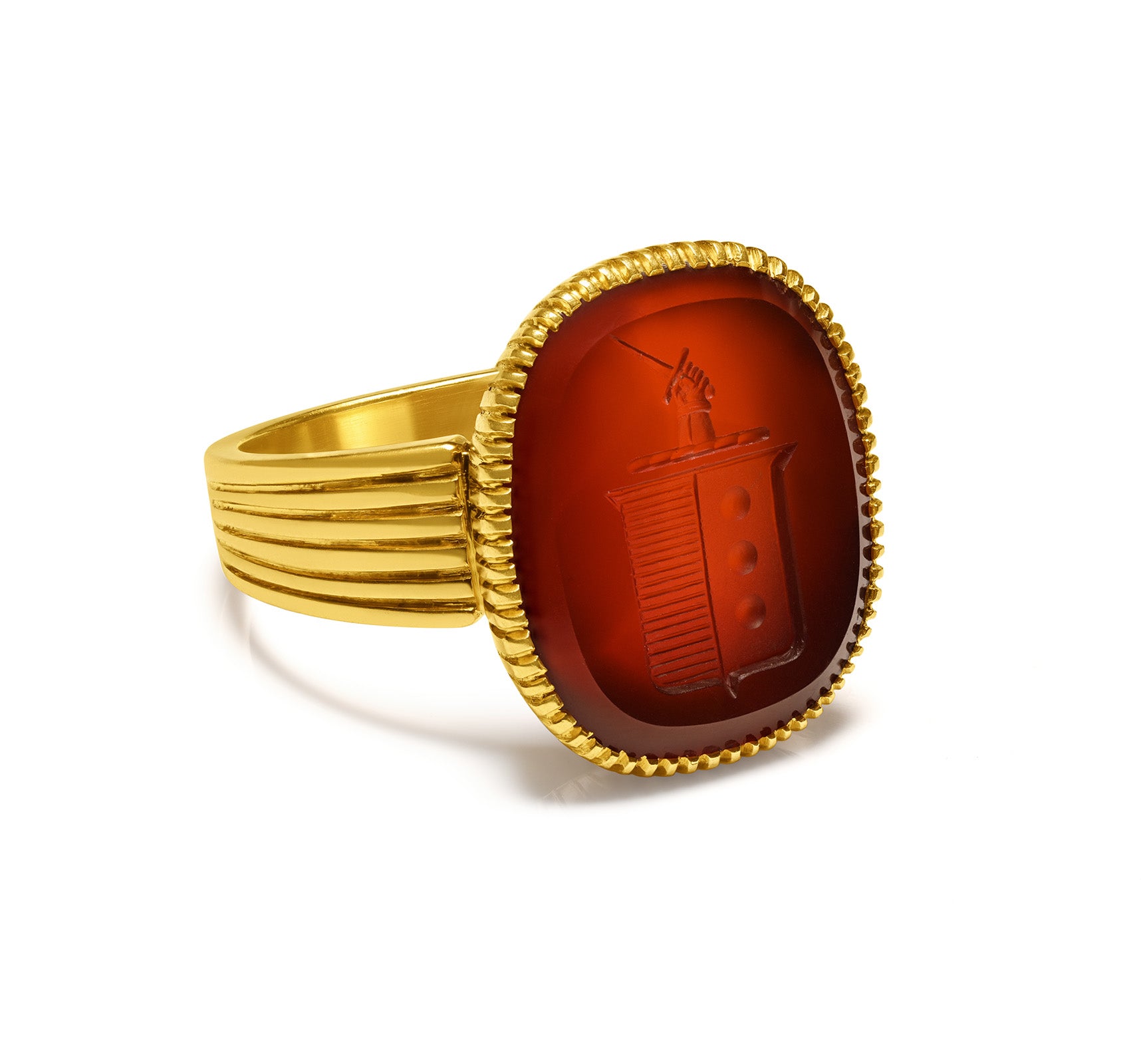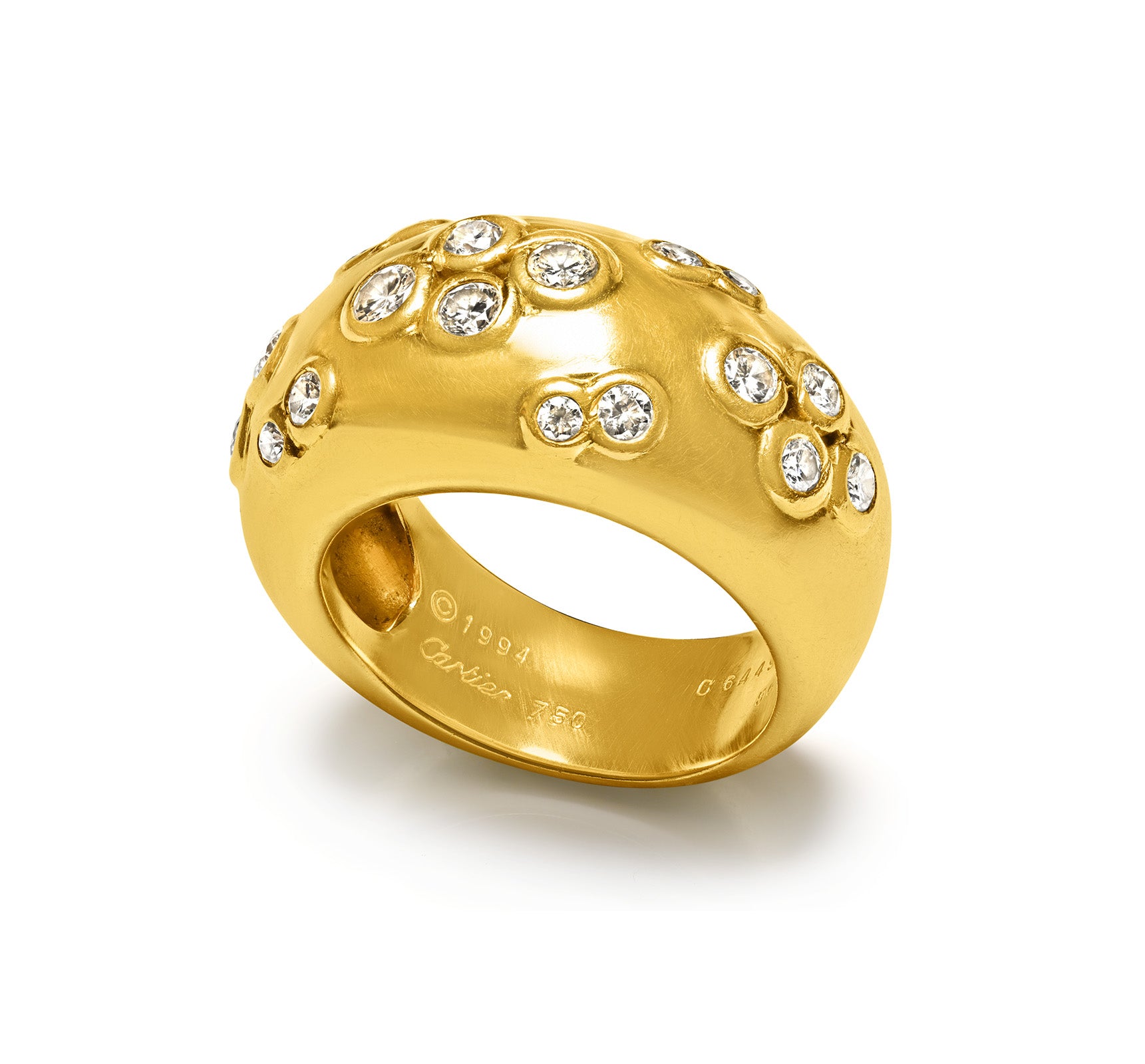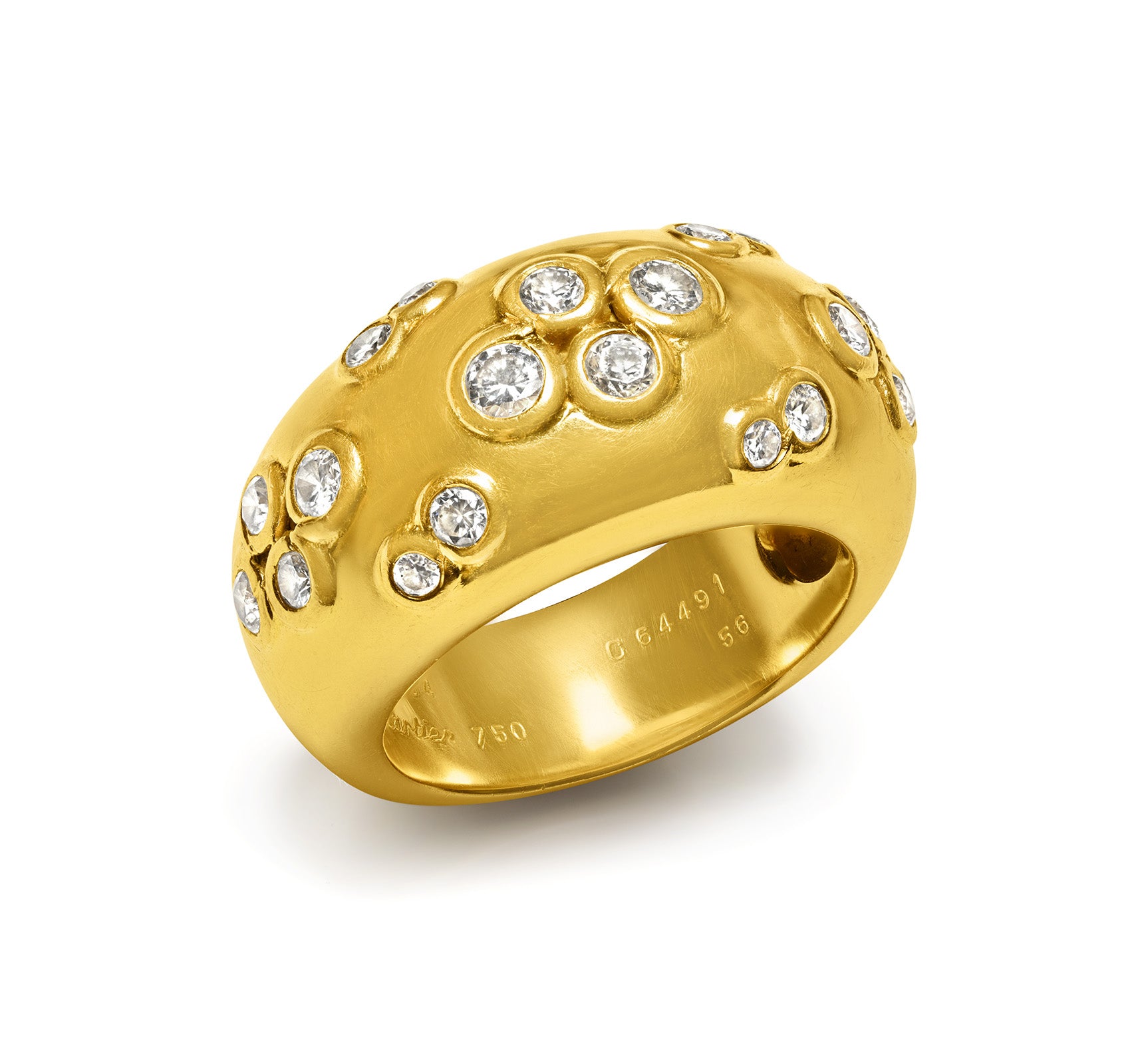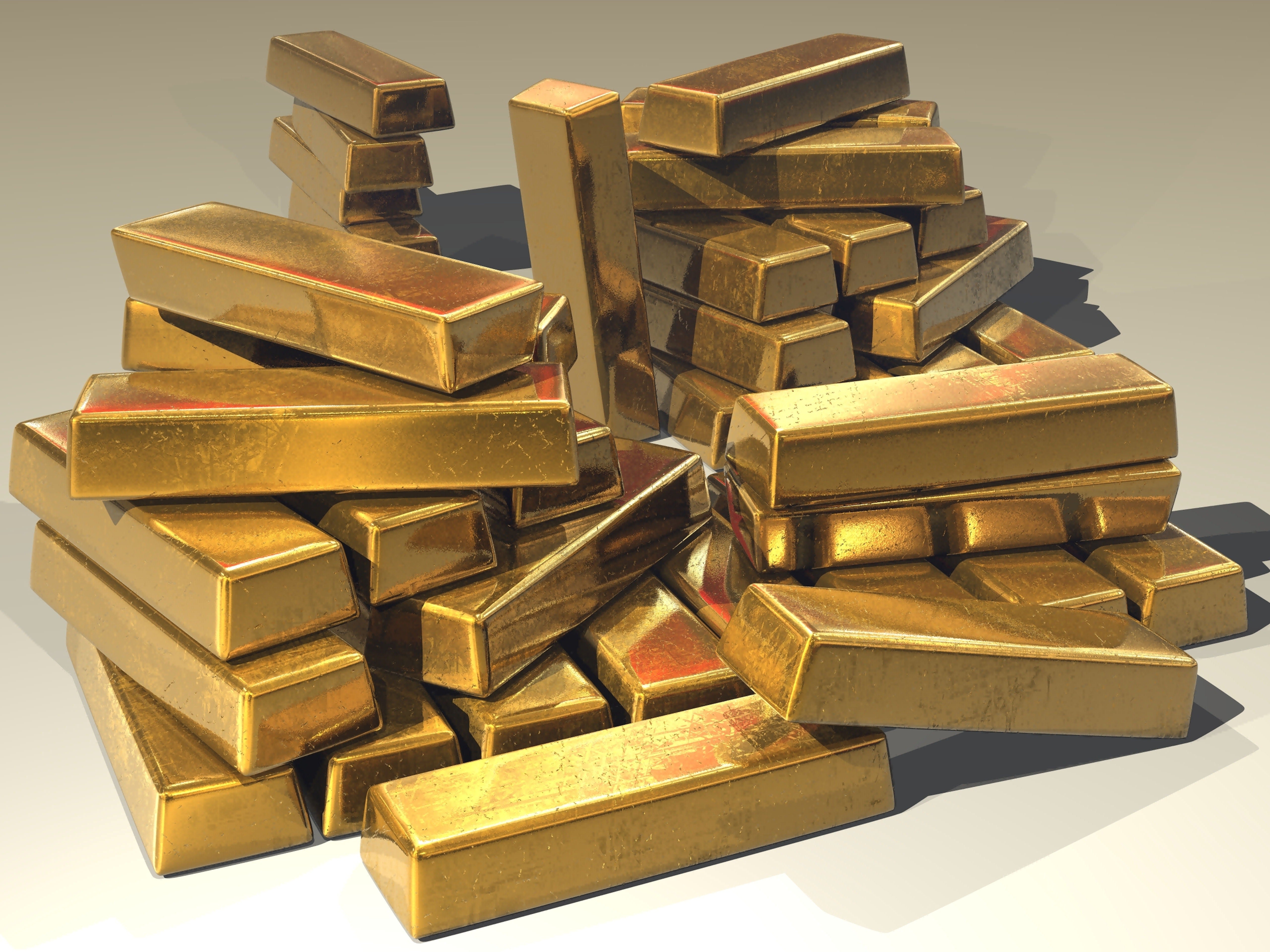
How Much Gold Exists in the World and Where Is It Stored
Gold has fascinated humanity for millennia, serving as a universal symbol of wealth, power, and permanence. Yet behind its allure lies a surprisingly finite reality: all the gold ever mined in human history could fit into a single cube measuring roughly 23 meters on each side.
This astonishing image highlights not only the rarity of gold but also why it has remained such a trusted store of value throughout civilizations.
Today, questions about gold’s total supply are more relevant than ever. Investors, governments, and ordinary people alike wonder: how much gold exists in the world? Where is it stored? And how much more remains hidden beneath the Earth—or even beyond our planet?
Table of Contents
-
Total Gold Ever Mined: The Official Estimates
-
Where the World’s Gold Is Stored
-
How Much Gold Remains to Be Mined?
-
Gold in the Oceans: Myth or Untapped Reality?
-
Gold Beyond Earth: The Cosmic Perspective
-
Why Estimates Differ
- Lost and Hidden Gold: Shipwrecks, Hoards, and Myths
-
The Finite Mystery of Gold
-
FAQ

Gold Bullion at Millbay Docks by Mike Lyne, CC BY-SA 2.0, via Wikimedia Commons
Total Gold Ever Mined: The Official Estimates
According to the World Gold Council (WGC), humanity has mined approximately 212,000 metric tons of gold as of 2023. To visualize this, imagine that cube of 23 meters—smaller than many office buildings—holding every ounce of gold extracted in recorded history.
Breaking it down further:
-
Jewelry accounts for the largest share, about 46% of all gold ever mined (roughly 95,000 tons).
-
Private investment (bars and coins) makes up around 22% (47,000 tons).
-
Central banks and official reserves hold about 17% (37,000 tons).
-
Industrial uses, including electronics and medical applications, represent about 15% (33,000 tons).
These figures help illustrate not only gold’s scarcity but also its distribution across very different sectors of human life—from royal crowns and wedding rings to smartphone circuits and the vaults of global financial power.
Where the World’s Gold Is Stored
If gold is finite and most of it already mined, the next logical question is: where is it all kept today?
While jewelry and private investment make up the majority of gold ownership, the world’s attention often turns to the immense stockpiles locked away in vaults. These reserves, held by central banks and financial institutions, act as both strategic assets and symbols of national power.
Central Bank Reserves
As of 2023, central banks collectively hold around 37,000 metric tons of gold—nearly one-fifth of all the gold ever mined. These reserves play a vital role in the stability of global financial systems, serving as a hedge against currency fluctuations, inflation, and geopolitical risks.
-
United States: By far the largest official holder, the U.S. maintains approximately 8,133 tons of gold, most of it stored in the legendary Fort Knox Bullion Depository in Kentucky, with additional reserves held in West Point and Denver.
-
Germany: With over 3,350 tons, Germany’s reserves are primarily stored by the Bundesbank. Historically, much of this gold was held abroad—in New York, London, and Paris—but in recent years significant amounts have been repatriated to Frankfurt.
-
Italy and France: Each country maintains more than 2,400 tons of gold, reflecting their historic role in Europe’s financial system.
-
Russia and China: Both nations have aggressively increased their gold reserves in the past two decades. Russia holds over 2,300 tons, while China reports official holdings of around 2,000 tons—though analysts suspect the actual figure may be higher due to undisclosed purchases.

Historic Marker about the U.S. Bullion Depository at Fort Knox by Chris Light, CC BY-SA 4.0, via Wikimedia Commons
The London Gold Vaults
London is often called the epicenter of global gold trading. Beneath the streets of the financial district lies a vast network of vaults, including those operated by the Bank of England and private bullion banks.
Estimates suggest that more than 400,000 bars of gold are stored in London at any given time, weighing around 9,000 tons—a concentration unmatched anywhere else in the world.
Zurich and the Swiss Connection
Switzerland has long been associated with gold, thanks to its refining industry and banking secrecy. Zurich’s vaults hold thousands of tons, serving not just Swiss institutions but also investors and governments from around the globe.
The country refines an estimated 70% of the world’s gold annually, making it a critical hub for turning raw bullion into investment-grade bars and coins.
Other Major Storage Locations
-
Paris: The Banque de France still maintains significant gold reserves deep underground.
-
Moscow: Russia’s Central Bank stores much of its bullion in highly secure facilities within the capital.
-
Shanghai and Hong Kong: Increasingly important as gold markets shift eastward.
Private Vaults and High-Security Facilities
Beyond central banks, enormous amounts of privately owned gold are secured in commercial vaults. Institutions like Brink’s and Loomis operate high-security facilities across the globe, offering storage services to wealthy individuals, investment funds, and corporations.
In places like Singapore, Dubai, and even remote freeports, gold is stored tax-free, attracting investors seeking both safety and discretion.

Gold Bullion by istara, CC0, via Wikimedia Commons
How Much Gold Remains to Be Mined?
While the image of a 23-meter cube containing all the gold ever mined is striking, it raises another critical question: how much gold is still left in the ground?
According to the United States Geological Survey (USGS), there are an estimated 53,000 metric tons of identified gold reserves worldwide. These are deposits that can be mined economically with today’s technology. At current extraction rates—roughly 3,000 tons per year—these reserves could, in theory, last less than two decades.
Identified Reserves vs. Undiscovered Resources
It is important to distinguish between reserves and resources:
-
Reserves are deposits confirmed by geological studies and deemed economically viable to extract.
-
Resources are broader estimates of gold that may exist underground but are not yet proven or cost-effective to mine.
The USGS believes there could be an additional 110,000 tons of undiscovered gold resources, but these numbers are uncertain. Advances in mining technology or rising gold prices could make some of these deposits viable in the future.
Where Are the Largest Untapped Reserves?
-
Australia: Home to the world’s largest gold reserves, estimated at over 8,400 tons, concentrated in massive deposits like Kalgoorlie’s Super Pit.
-
Russia: Holds more than 6,800 tons of reserves, spread across Siberia and the Far East.
-
South Africa: Once the world’s leading gold producer, it still contains an estimated 5,000 tons in deep and technically challenging deposits.
-
United States: About 3,000 tons, primarily in Nevada’s Carlin Trend, one of the richest gold-mining areas on Earth.
-
Peru, Indonesia, and Canada: Each holds thousands of tons, contributing to a geographically diverse supply chain.
The Declining Ore Grades
One of the challenges facing modern gold mining is the decline in ore grades. In the 1950s, an average ton of ore yielded about 10 grams of gold.
Today, many mines produce less than 1 gram per ton. This means that even if reserves exist, extracting them requires processing vastly larger volumes of rock, raising costs and environmental concerns.
Peak Gold Debate
Some analysts argue that the world has already reached “peak gold”—the point at which global production hits its maximum and begins to decline.
Indeed, after years of growth, global output has plateaued around 3,000 tons annually. If this trend continues, gold could become even scarcer, reinforcing its reputation as a safe-haven asset.

Gold Bullion by Ank Kumar, CC BY-SA 4.0, via Wikimedia Commons
Gold in the Oceans: Myth or Untapped Reality?
Beyond the veins of rock and underground mines, one of the most intriguing ideas is that the Earth’s oceans may hold unimaginable amounts of gold. The concept has long fascinated scientists, treasure hunters, and futurists alike. But how much gold is really in the sea—and is it possible to extract it?
The Numbers Behind Ocean Gold
Researchers estimate that the world’s oceans contain around 20 million tons of dissolved gold. This gold is not found in nuggets or flakes but in microscopic particles dispersed throughout seawater.
On average, each liter of seawater contains about 13 billionths of a gram of gold—an amount so small it is virtually undetectable without advanced equipment.
To put this into perspective: if all of this dissolved gold could somehow be collected, it would amount to nearly 10 times the total amount of gold humanity has ever mined from the Earth’s crust.
Attempts to Extract Ocean Gold
Since the late 19th century, inventors and entrepreneurs have proposed ways to harvest gold from seawater.
German chemist Fritz Haber, famous for the Haber-Bosch process, even investigated large-scale extraction in the 1920s as a way to help Germany pay reparations after World War I. Despite years of effort, his experiments proved uneconomical.
The problem lies in the ultra-low concentration: extracting a single gram of gold would require processing over 100 million liters of seawater. The energy, infrastructure, and costs involved make it completely impractical with current technology.
Gold in Ocean Floor Deposits
While dissolved gold may be unreachable, the ocean floor itself holds potential. In recent decades, geologists have discovered hydrothermal vents and deep-sea mineral deposits enriched with gold, copper, and rare earth elements.
Companies have explored the idea of deep-sea mining, targeting polymetallic sulfides that can contain trace amounts of gold. However, environmental concerns and technological challenges have so far prevented large-scale operations.
The Verdict
For now, the ocean remains more of a golden dream than a practical resource. While it is scientifically true that vast quantities of gold exist in seawater, the sheer difficulty of extracting it ensures that traditional mining will remain the primary source of the world’s supply.
Gold Beyond Earth: The Cosmic Perspective
If gold is rare on Earth, it may be even more abundant in space. Modern astronomy suggests that the origins of gold lie not in our planet’s geology, but in cataclysmic cosmic events.
Gold, along with other heavy elements like platinum and uranium, is believed to have formed during neutron star collisions and supernova explosions billions of years ago. These events scattered precious metals across the galaxy, some of which became part of Earth during its formation.
Asteroids as Cosmic Vaults
One of the most exciting frontiers in gold speculation is the study of metal-rich asteroids. For example, NASA has identified an asteroid called 16 Psyche, located in the asteroid belt between Mars and Jupiter, that is thought to be composed largely of nickel, iron, and possibly precious metals such as gold.
Estimates suggest that 16 Psyche alone could contain metals worth quadrillions of dollars—far more than the global economy. While these numbers are largely theoretical and depend on composition models, they highlight the staggering potential of space resources.
The Moon and Other Planets
Small traces of gold have also been detected on the Moon and Mars. Lunar rock samples brought back by the Apollo missions showed minute amounts of gold, but not in concentrations significant enough for mining.
Similarly, Martian meteorites contain trace elements, reinforcing the idea that precious metals are widely distributed throughout the solar system.
The Rise of Space Mining Concepts
Several companies, such as Planetary Resources and Deep Space Industries, have proposed mining asteroids for metals, including gold. NASA’s upcoming Psyche mission (scheduled for launch in 2023, with arrival in 2029) will provide the first close-up study of a metal-rich asteroid, potentially transforming our understanding of extraterrestrial resources.
However, enormous challenges remain:
-
Technology: Mining in microgravity is vastly different from Earth-based methods.
-
Costs: Launching, operating, and returning materials from space is astronomically expensive.
-
Economics: If massive amounts of gold were suddenly introduced to Earth’s economy, prices could collapse overnight.
A Cosmic Perspective on Scarcity
For now, space gold remains firmly in the realm of scientific curiosity and long-term speculation. While it fuels imaginations and science fiction, humanity is unlikely to mine asteroids for gold in the near future. Still, the knowledge that untold riches lie beyond Earth only deepens gold’s mystique, reinforcing its connection to both our planet and the stars.
Why Estimates Differ: The Challenges of Measuring Gold
Even though gold is one of the most studied and tracked commodities in human history, precise figures about how much exists can vary significantly. The differences stem from how institutions define, measure, and report gold.
Reserves vs. Resources
One major source of confusion lies in the distinction between reserves and resources:
-
Reserves are quantities of gold proven to exist and economically extractable with current technology and prices.
-
Resources include broader geological estimates of gold that might exist but are not yet verified or viable to mine.
When agencies such as the USGS or the World Gold Council publish numbers, they often focus on reserves, while other analysts may include speculative resources. This leads to widely different totals.
National Reporting and Secrecy
Not every country reports its gold data with the same transparency. For example:
-
China: The official figures show about 2,000 tons of central bank reserves, but many analysts believe that undisclosed stockpiles exist, possibly far larger.
-
Russia: Similar doubts exist regarding whether all production and reserves are fully reported.
-
Private ownership: In countries like India, where families have accumulated gold for centuries, vast amounts remain undocumented in official statistics.
Recycling and Lost Gold
Another factor complicating estimates is the recycling of gold. Each year, around 1,000 tons of gold are reintroduced into the market from melted jewelry, electronic waste, and industrial scrap.
Over thousands of years, enormous amounts of gold have been reused multiple times, blurring the lines of how much is “new” versus recycled.
Conversely, a portion of gold has been lost to history. Ancient shipwrecks, buried hoards, and destroyed artifacts mean that some gold has permanently disappeared from circulation, though technically it still exists somewhere on Earth.
Varying Measurement Standards
Estimates also differ depending on whether they measure:
-
Above-ground stocks (everything already mined and in human possession),
-
Below-ground reserves (economically extractable deposits), or
-
Undiscovered resources (geological guesses about what remains hidden).
When combined, these different categories create the wide range of numbers often cited in media—from about 200,000 tons above ground to speculative figures of several hundred thousand tons still in Earth’s crust.
Lost and Hidden Gold: Shipwrecks, Hoards, and Myths
Not all of the world’s gold sits neatly in vaults or jewelry boxes. A significant, though unquantified, portion has been lost to history—lying at the bottom of oceans, buried in forgotten hoards, or enshrined in legend.
Shipwrecks and Sunken Treasure
Between the 16th and 18th centuries, Spain’s galleons carried immense quantities of New World gold across the Atlantic. Many never reached Europe.
Famous wrecks like the Nuestra Señora de Atocha (1622), discovered off the Florida Keys, yielded hundreds of millions of dollars in recovered treasure. Yet experts believe that thousands of tons of gold and silver still rest on the ocean floor, locked inside shipwrecks.
Buried Hoards and Wartime Gold
Throughout history, people have hidden gold in times of crisis. The Staffordshire Hoard in England, discovered in 2009, contained over 4,600 Anglo-Saxon items, much of it gold.
In the 20th century, legends grew around Nazi gold trains and caches allegedly buried during World War II, some of which remain unverified. Similarly, tales of lost Incan and Aztec treasure continue to inspire explorers.
Gold in Myth and Legend
Gold also shines in myths of hidden riches: El Dorado, the fabled city of gold in South America; or Priam’s Treasure, linked to the ancient city of Troy. While some of these stories mix fact with fantasy, they underline gold’s enduring role as a symbol of wealth beyond reach.
The Invisible Part of the Equation
These lost and hidden treasures are not included in the official tallies of above-ground stocks. Yet they represent a shadow reserve of gold—technically existing but inaccessible. Whether lying at the bottom of the sea or still buried in forgotten ground, they add a layer of mystery to the question: how much gold is really available to humanity?
While official statistics count the gold in vaults, mines, and jewelry, the truth is more complex. Shipwrecks, hidden hoards, and legendary treasures remind us that part of humanity’s gold remains unaccounted for, lost, or forever out of reach. This invisible fraction adds another layer of mystery to the metal’s story—one that blends history, myth, and imagination.
And so, when we ask how much gold truly exists, the answer is both precise and elusive. Which brings us to the final paradox of gold…
The Finite Mystery of Gold
All the gold humanity has ever mined—just over 212,000 metric tons—could fit into a cube only 23 meters across, a striking reminder of its scarcity. Nearly half of this is crafted into jewelry, while the rest lies in investments, vaults, and central bank reserves such as the 8,133 tons guarded by the United States or the vast holdings beneath London.
Yet the future supply is fragile. Identified reserves may last only a few decades at today’s mining pace, and ore grades continue to decline. Beyond Earth, the oceans shimmer with an estimated 20 million tons of dissolved gold, and asteroids like 16 Psyche could hold riches beyond imagination. But for now, these remain tantalizing possibilities, out of reach.
This paradox—that gold is at once everywhere in trace amounts yet impossibly rare in usable form—has fueled its mystique for millennia. From pharaohs’ crowns to modern vaults, from ancient myths to dreams of cosmic mining, gold continues to embody permanence, power, and human fascination.
FAQ: Everything You Need to Know About the World’s Gold
How much gold has been mined in human history?
According to the World Gold Council, about 212,000 metric tons of gold have been mined as of 2023.
Where is most of the world’s gold today?
Nearly half of all mined gold is in jewelry, while central banks hold around 37,000 tons in reserves. Major storage locations include Fort Knox (U.S.), London vaults, Zurich, and Frankfurt.
How much gold remains in the Earth’s crust?
The U.S. Geological Survey estimates 53,000 tons of identified reserves remain, with another 110,000 tons of undiscovered resources that may become viable in the future.
What does “peak gold” mean?
Peak gold is the point at which global gold production reaches its maximum. Many analysts believe it has already occurred, with annual output plateauing at around 3,000 tons.
How much gold is in the ocean?
A: Scientists estimate about 20 million tons of dissolved gold exist in seawater, but concentrations are so tiny (13 parts per billion) that extraction is impractical.
Has anyone tried extracting gold from seawater?
A: Yes. In the 1920s, Nobel Prize-winning chemist Fritz Haber attempted it, but found the process uneconomical. Since then, no method has proven cost-effective.
Could deep-sea mining bring new gold supplies?
Hydrothermal vents and polymetallic sulfide deposits on the ocean floor contain gold, but environmental concerns and technical barriers have prevented large-scale operations.
How much gold is in space?
Metal-rich asteroids like 16 Psyche could contain enormous amounts of gold and other metals, theoretically worth quadrillions of dollars. However, space mining is not yet technologically or economically feasible.
Why do different sources report different amounts of gold?
Variations come from how “reserves” vs. “resources” are defined, differences in national reporting, and the role of recycled gold. Some gold is also “lost” in shipwrecks and history, never to reenter circulation.
Which country owns the most gold reserves?
The United States holds the largest official reserves at about 8,133 tons, followed by Germany, Italy, France, Russia, and China.
Can new technology change gold supply in the future?
Possibly. Innovations in mining, recycling, or even ocean and space extraction could shift supply, but for now gold remains a finite and precious resource.
Cover Photo Credit: Gold Bullion - Stevebidmead, CC0, via Wikimedia Commons

